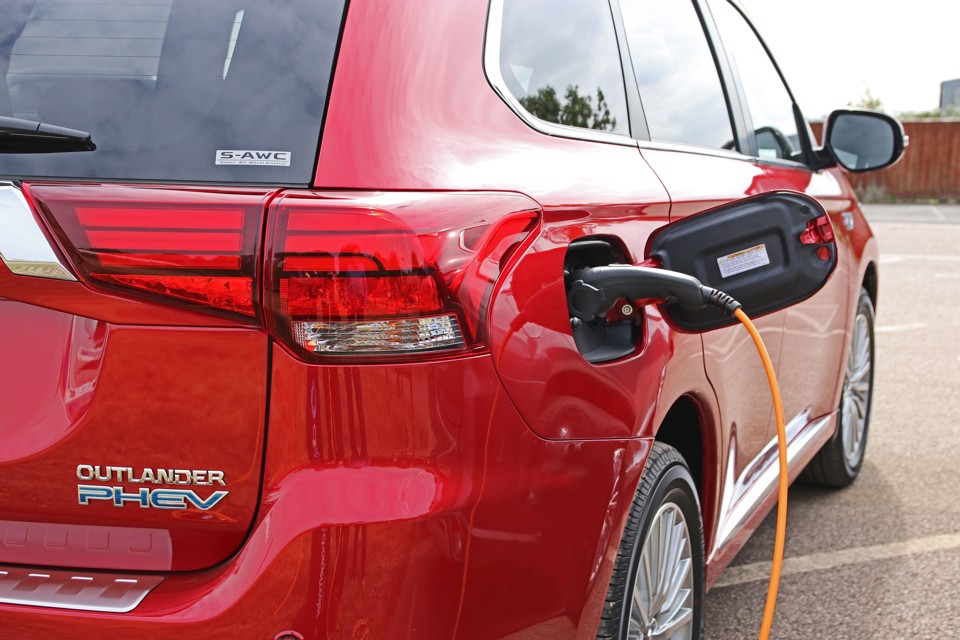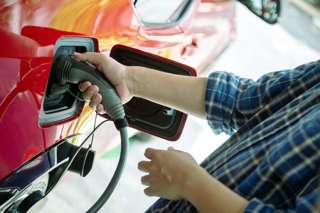Electric vehicle (EV) charge points need to be more accessible for the one in five people with disabilities, according to the AA.
With the ban on the sale of new petrol or diesel cars just eight years away it is essential that charging infrastructure is accessible for all drivers, says AA president Edmund King.
Addressing the EV infrastructure summit today, he says that charging posts need to be “well-lit, close to amenities, with space around the vehicle to allow people to use walking or mobility aids”.
“It is also essential that the instructions, screen, and cables can be easily viewed and used from a sitting and standing position,” he said.
The call is supported by the vast majority of the 17,302 drivers who responded to an AA Yonder survey last year. Three-quarters (73%) say charge post spaces should be wheelchair friendly and four in five (79%) say charge post design should consider users with limited mobility and/or physical disabilities. A similar amount say there should be access to a 24/7 call helpline.
The Motability charity has been working on this issue for many months now in conjunction with fellow disability charity Designability, the British Standards Institution (BSI) and the Office for Zero Emission Vehicles (OZEV).
This will result in national standards that set a minimum level of accessibility for electric vehicle charging infrastructure. These proposed BSI standards, sponsored jointly by Motability charity and OZEV, are fully supported by the AA.
“Creating new charging posts that are easily accessible will not only benefit disabled drivers but will be a great help to our ageing population and indeed all drivers,” continued King.
“We are getting to the point where the uptake of EVs is moving quickly from early-adopters, who perhaps put up with more quirks in the system, to more mainstream drivers who will rightly want the infrastructure to meet their expectations.
“All individuals also need to be safe and feel safe, using the charging infrastructure at any time of the day or night. We know of some chargers in remote corners of carparks with little lighting or security for users who rightly feel vulnerable on their own and must use a credit card and phone in public view. Hence the network needs to be accessible and safe.
“We are aware that some providers have made excellent progress in designing high quality infrastructure and indeed the AA provides customer support services to several providers. More accessible infrastructure will help speed up the EV revolution for all drivers.”
Catherine Marris, head of innovation at Motability, said: “There is a robust commercial and social case for ensuring that the transition to EVs is inclusive for disabled people.
“Our research with Ricardo estimates there will be 2.7 million UK drivers or passengers with a disability by 2035, with half reliant on public charging.
“It is therefore hugely important that disabled people are not left behind in the transition and that infrastructure providers avoid expensive retrofitting by building accessibility into charge point design at the start; following best practice and design standards will help.”
> Interested in comparing electric vehicle data? Check out our EV tool.
> Interested in ensuring the efficient use of EVs. Check out our dedicated editorial sections: Insight & policy | EV news | Charging & infrastructure | Costs & incentives | Benefit-in-kind | EV case studies | EV road tests
























Login to comment
Comments
No comments have been made yet.